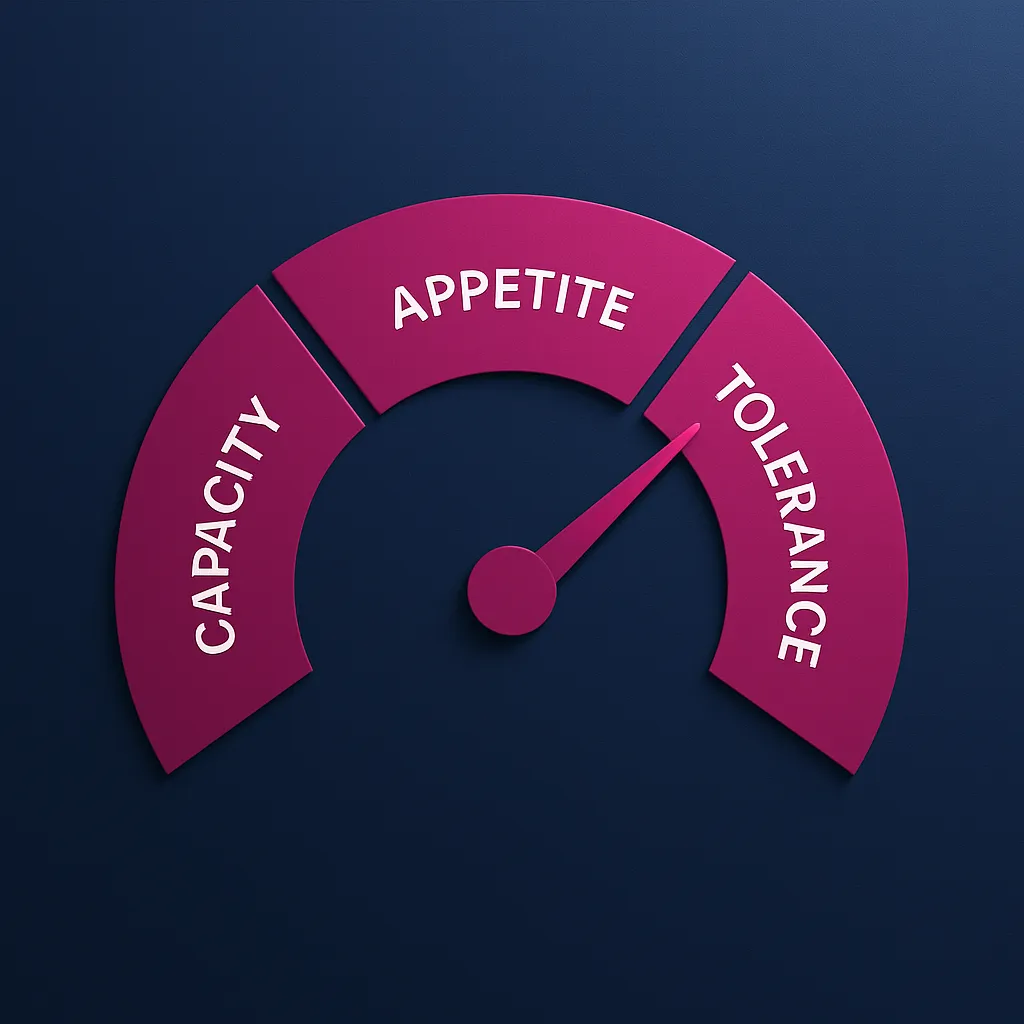How Long Until They Knock?
Key terms:
- Time-to-Exploit – the number of days between a vulnerability becoming public and attackers starting to scan or hit it.
- Patch Lag – the number of days between a vendor releasing a fix and your team installing it.
Picture an unlocked side door on the factory floor. How long before someone tries it? Cyber adversaries ask the same question - only they move faster. The 2025 Verizon Data Breach Investigations Report shows that for known-exploited vulnerabilities the median time from public disclosure to mass exploitation is 5 days. Automated scanning platforms make that window feel even shorter - a single Shodan alert can trigger thousands of bots within minutes. For edge devices such as VPNs and firewalls the window can shrink to 0 days, because attackers often have proof-of-concept code in hand by the time the vendor publishes a fix.
Now flip the stopwatch. The same report finds that organizations take a median 32 days to fully patch those edge flaws. Executives are granting attackers a 6:1 head start. Every extra day widens the gap, raising both breach probability and ransom leverage. That gap is the attacker’s comfort zone - the stretch of time when intruders can stake a claim, escalate privileges, and survey the network before anyone reacts.
A Ten-Day Detour That Cost Eleven Days of Revenue
Last spring a mid-market auto-parts manufacturer postponed a routine VPN update to avoid potential downtime during a holiday production run. The security team logged a change ticket but kept bumping the patch into the next maintenance window. Ten days later the unpatched appliance became the entry door for a double-extortion (data-leak + ransom) attack. Assembly lines halted, overtime piled up, and shipping contracts slipped. After salaries, penalties, and emergency consulting fees were tallied, the CFO traced 11 days of lost revenue to a patch cycle that would have required only 15 minutes of controlled downtime. Operational risk does not disappear when you defer a fix - it changes shape and grows teeth.
Why the Race Matters to the Board
- Brand damage travels at tweet speed. Public exploit code lets researchers - and reporters - reproduce a breach demo overnight, driving headlines before your crisis plan leaves the printer.
- Legal exposure is rising. Regulators such as CISA now issue hard patch deadlines - often 15 to 21 days - for federal agencies, and private enterprises are next in line.
- Insurance exclusions tighten each quarter. Carriers increasingly deny or reduce claims when a breach starts with a vulnerability that had an available vendor patch.
Together these forces turn Time-to-Exploit and Patch Lag into plain-language business risk. When the board asks, “How exposed are we today?” a credible answer needs both numbers side by side, expressed in days, not engineering jargon.
Executive Takeaway
Every hour after day five is borrowed time. Your task is not to memorize CVE IDs - it is to compress Patch Lag until the attacker’s math no longer works. Before moving on, capture two baseline figures for your own environment:
- Average days from vendor release to patch applied during the last quarter
- Number of internet-facing systems missing a fix older than 30 days
These numbers become your yardstick for every action that follows. Let’s explore how to triage patches without derailing operations.
Full Court Press or Surgical Strikes?
Key terms:
- Blanket Patching – applying every available vendor patch on a fixed calendar, regardless of real-world threat or business impact.
- Risk-Based Patching – prioritizing patches according to exploit likelihood, asset criticality and potential downtime cost.
The Cost of Patching Everything
Imagine an ops team spending the first full week of every month in “all-hands” mode – servers queued for reboots, change windows clogged, users on hold. That ritual feels diligent, yet the numbers say otherwise. Research led by NIST shows only about 2 % of published vulnerabilities are ever observed in the wild . In other words, 98 % of the toil is risk-neutral at best.
The hidden price tag surfaces in two places:
- Operational downtime – ITIC’s 2024 study found that 90 % of mid-size and large enterprises lose $300k or more per hour when key systems are offline . A single mis-timed driver patch can turn a best-practice exercise into a seven-figure problem.
- Human burnout – Ivanti reports that 39 % of security teams struggle just to decide what to patch first because “everything is urgent”. Over time, that constant urgency trains staff to treat every ticket as background noise – the exact opposite of vigilance.
When Less Is Actually More
Risk-based patching attacks the problem from the opposite angle: treat patch hours like capital and invest where threat reality and business value intersect.
A quick mental model executives can use:
- Exploit check – Is there working exploit code or known active attacks?
- Asset criticality – Does the system generate revenue, hold customer data, or front the internet?
- Downtime tolerance – How painful is an unplanned reboot during business hours?
If an issue scores high on the first two bullets and low on the third, it belongs at the top of the queue. Everything else waits its turn.
Real-world upside:
- Faster cycle time on what matters – Fintech adopters of risk-based tooling report 40–60 % cuts in mean time-to-patch on high-risk flaws without adding staff.
- Lower change-failure rate – Patching fewer, higher-value items lets ops teams schedule precise maintenance windows and test more thoroughly, slashing rollbacks and midnight calls.
Brazilian digital bank Banco PAN deployed risk-based Vulnerability Management and achieved:
- -95 % workstation vulnerabilities
- -70 % critical-severity vulns overall
Finding the Sweet Spot
Risk-based does not mean ignoring “medium” CVEs forever. It means sizing patch bandwidth to the threat landscape:
- Red-level items (internet-facing, exploited) – patch within 72 hours and accept the maintenance pain.
- Amber items (important but unexploited) – group into the next routine window.
- Green items (internal, low exploit probability) – fold into quarterly hygiene or refresh cycles.
That tiering keeps monthly patch effort under control while collapsing attacker dwell time on crown-jewel assets to near zero. Executives gain a narrative that resonates in boardrooms: less disruption, lower risk.
Quick Reflection
Pull the last month of your change-control logs and count how many patches touched systems that never cross the perimeter or hold sensitive data. If the answer is “most of them,” you are likely funding attacker reconnaissance with your own overtime budget. Let’s explore exactly how to visualize those priorities with a color-coded heat map – no PhD required.
The Executive Heat Map Method
Key terms:
- Heat Map – a color-coded grid that ranks vulnerabilities by risk on two axes.
- Exploitability Score – a quick indicator of whether working exploit code or active attacks exist.
- Business Importance – how much revenue, data or customer trust a system represents.
Why Pictures Beat Spreadsheets
Executives absorb patterns faster than patch lists. A single 3×3 heat map turns thousands of CVE lines into one glance: red squares scream fix now, green squares whisper deal with me later. Tools from Balbix, Qualys and countless Excel how-tos make the graphic trivial. The insight comes from the scoring underneath. Cyber risk teams that shifted to heat maps say board conversations moved from “How many patches left?” to “How many red cells left?” – a language business leaders grasp immediately.
Step 1 – Score What Attackers Can Use
Start with Exploitability:
- Active exploits reported (yes or no)
- Proof-of-concept code available (yes or no)
Any “yes” pushes the flaw to the high side of the X-axis. NIST SP 800-40 Rev. 4 encourages this threat-first view because it mirrors how adversaries actually pick targets.
Step 2 – Weigh Business Impact
Map each system to one of three buckets:
- Gold – revenue systems, customer data, internet exposed
- Silver – important internal services, partner portals
- Bronze – lab gear, kiosks, anything isolated or low value
Gold assets land high on the Y-axis, Bronze low. Keep the labels in business language – “E-commerce checkout” resonates more than “Server-12”.
Step 3 – Plot and Color
Combine the two dimensions and drop each CVE into the grid. Below is a sample for twelve recent vulnerabilities on a SaaS company’s edge devices:
| Low Exploitability | Medium Exploitability | High Exploitability | |
|---|---|---|---|
| Gold | 0 | 1 × WAF rule set | 3 × gateway firmware |
| Silver | 1 × dev tool | 2 × database drivers | 1 × billing microservice |
| Bronze | 2 × VPN plugins | 1 × HR portal widget | 0 |
Squares with bold items are “red” - patch inside 72 hours. Plain cells are amber (15 days) or green (quarterly).
Reading the Map
- Count red cells, not CVEs. Executives focus on how many business services are in danger.
- Track exposure days. Each day a red cell stays unresolved adds to your Critical Exposure Days metric introduced later in the post.
- Celebrate green progress. When a service migrates from red to amber or green the board sees tangible momentum.
Quick Action
Open a blank spreadsheet, create a 3×3 grid, and drag ten of last month’s CVEs into it using the rules above. You will know in one short pass where ninety percent of your immediate risk lives.
Next we will convert that picture into four KPIs that even the most finance minded board member can love.
Metrics That Don’t Get Eye-Rolls
Key terms:
- Exploit-Adjusted Patch Cycle Time (EAPCT) – average days to patch weighted by whether the flaw has working exploits.
- Critical Exposure Days – cumulative days that exploited, high-impact vulnerabilities stay open.
- Patch Risk Debt – dollar value of open risk, calculated as asset value × days unpatched.
- Business Service Coverage % – share of revenue-facing services currently free of red-cell vulnerabilities.
Why a New Scoreboard Beats “Number of Patches”
Boards understand velocity, debt and coverage because finance uses them daily. Tie security work to those ideas and the conversation shifts from “How many CVEs are left?” to “How fast are we closing material risk?”. Below are four KPIs that fit neatly on one slide and demand just a few data feeds most firms already collect.
- 1. Exploit-Adjusted Patch Cycle Time (EAPCT)
- What: highlights how quickly you react when attackers do.
- How: for every patch batch, multiply days-to-close by 1 if no exploits, by 2 if proof-of-concept exists, by 3 if active attacks are confirmed. Average the weighted numbers each month. A falling line proves the team is accelerating where it counts.
- 2. Critical Exposure Days
- What: turns headline breaches into a daily progress.
- How: any red-cell item in the heat map adds one point per day until patched. Share the running total at each board meeting; leadership can see if risk debt is compounding or shrinking.
- 3. Patch Risk Debt (dollars)
- What: translates security delay into lost money, the board’s native language.
- How: start with asset’s annual revenue contribution or regulatory fine ceiling, divide by 365 to get daily value, then multiply by unpatched days. Even conservative numbers make the cost of delay painfully clear.
- 4. Business Service Coverage %
- What: mirrors the uptime SLAs executives already watch.
- How: count revenue-producing services that have zero red-cell vulnerabilities, divide by total revenue services, and express as a percentage. Aim for 95% or higher; anything lower flags strategic exposure.
Putting the Metrics to Work
Match the KPIs to roles: EAPCT energizes ops leads, Exposure Days informs security leadership, Risk Debt speaks to finance, and Service Coverage tells product owners how safe “crown jewels” are. Post those 4 on the same dashboard so everyone sees the same risk story. Patterns jump out quickly: a sudden spike in Exposure Days after a large vendor patch or a stray service dragging Coverage % down. That unified view prevents finger-pointing and guides workload discussions before crises erupt.
Quick Move for Monday Morning
- Export the past 30 days of red-cell items from your heat-map worksheet.
- Calculate Exposure Days and Coverage % with two simple spreadsheet formulas.
- Email the numbers to the CFO and CIO with a one-line subject: “First draft of security debt scoreboard - input welcome.”
In a single short burst you give decision makers a financial snapshot of cyber risk and create a baseline for future progress. That closes the article - and opens the door to sharper, faster budget conversations.





